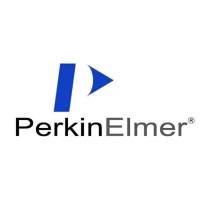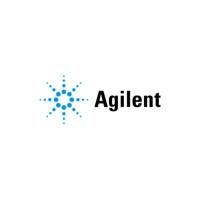Laser Scanning Cytometry: Principles and ApplicationsAn Update
互联网
765
Laser scanning cytometer (LSC) is the microscope-based cytofluorometer that offers a plethora of unique analytical capabilities, not provided by flow cytometry (FCM). This review describes attributes of LSC and covers its numerous applications derived from plentitude of the parameters that can be measured. Among many LSC applications the following are emphasized: (a) assessment of chromatin condensation to identify mitotic, apoptotic cells, or senescent cells; (b) detection of nuclear or mitochondrial translocation of critical factors such as NF-κB, p53, or Bax; (c) semi-automatic scoring of micronuclei in mutagenicity assays; (d) analysis of fluorescence in situ hybridization (FISH) and use of the FISH analysis attribute to measure other punctuate fluorescence patterns such as γH2AX foci or receptor clustering; (e) enumeration and morphometry of nucleoli and other cell organelles; (f) analysis of progeny of individual cells in clonogenicity assay; (g) cell immunophenotyping; (h) imaging, visual examination, or sequential analysis using different probes of the same cells upon their relocation; (i) in situ enzyme kinetics, drug uptake, and other time-resolved processes; (j) analysis of tissue section architecture using fluorescent and chromogenic probes; (k) application for hypocellular samples (needle aspirate, spinal fluid, etc.); and (l) other clinical applications. Advantages and limitations of LSC are discussed and compared with FCM.









